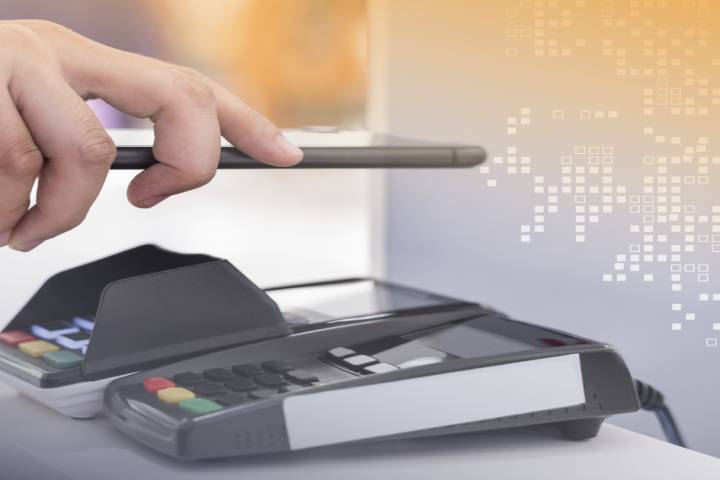The race for connected objects will profoundly change business value chains.
A new acronym has invaded our social networks: “IoT” for “Internet of Things” (Internet of Things) and all its variations (“Connected objects,” “Quantified self,” “Internet of Everything,” “Cloud of Things,” “Industrial IoT“…).
When we talk about the Internet of Things, the examples that immediately come to the general public’s mind are usually refrigerators, televisions, or connected street furniture. The reality is more comprehensive. Today there are a host of more or more minor exotic applications: tires, shoes, skis, tennis rackets, scales, light bulbs, WCs, toothbrushes, showerheads, thermostats, wine cellars, cat litter …
On the business side, the objects in question essentially impact their equipment (energy meters, internet boxes, waste containers, rail infrastructure, advertising panels, etc.) and sometimes on employees and customers themselves via the sensors they embed or host.
Even though the Internet of Things may be seen as just a fad at first glance, it would be a mistake to reduce it to that. It is more like an unavoidable phenomenon for two reasons:
Table of Contents
1- The Race To Get to Know Business Customers and The Rise of New Practices Among Specific Individuals
Companies have embarked on a vast process of acquainting their customers with the – a priori virtue – to offer them more suitable offers and products. This customer knowledge certainly requires better use of the available tools (contractual and commercial data, customer journey on the web and social networks, cookies, etc.). Still, it can also be developed thanks to the data generated by connected objects: these are Google’s approaches with the takeover of Nest (manufacturer of connected thermostats) or Axa with its connected bracelets offered to 1,000 policyholders. Individuals are not left out. They increasingly appreciate measuring their parameters (health, water consumption in the shower, number of tooth brushings, etc.) to compare themselves, to improve,
These two trends make the meeting between supply and demand more than probable, with a new logic: “Company exchanges playful and desirable object against valuable data.”
2- The Opportunity For Companies To Better Control Their Costs
Beyond this customer knowledge, companies face another challenge: better control of their resources and expenses thanks to connected objects. This is particularly the case in energy, where the generalization of Smart Meters indeed allows the energy ecosystem to imagine and offer new services and for distributors to better understand their networks in real-time and better plan investments, maintenance, and interventions. This is becoming the main lever for the digital transformation of companies because there are very significant sources of gains there.
Don’t Underestimate The Inherent Threats.
While the Internet of Things represents a significant opportunity, we should not lose sight of the fact that it also includes risks, which must be anticipated.
Threat 1: The Security of Goods and People
Having a real-time view of the activity of the inhabitants of a dwelling… It is the dream of every burglar. Penetrating the piloting bodies of thousands of connected devices is becoming a new El Dorado for hackers. Today, the corresponding object is perceived as a gadget by its holder but as a source of information for a malicious organization: it is therefore naturally through these objects that the next significant cyber-attacks will come.
Threat 2: Increasing Complexity, a Source of Industrial Risks
While the technologies seem sufficiently robust to consider industrial deployments, their complexity, mainly linked to the interoperability of different protocols (Bluetooth, low wifi energy, CPL, 4G, etc.), remains a hard point. Standardization initiatives are in their infancy, and it isn’t easy to know which technology to invest in.
This complexity creates a real divide for individuals, of course, but even more so for companies that already today have great difficulty in controlling all of their equipment and their interdependence. The IoT will generate a higher degree of complexity (thousands of sensors/actuators speaking different languages, risk breakdowns compared to sound old mechanical systems, etc.). Talented resources in Industrial IoT will quickly be insufficient, which is already seen in major Smart Meters deployment projects from digitogy
Greater Porosity Between Products and Services
In the future, service providers (insurers, energy distributors, etc.) will have to extend their business model to upstream equipment. Conversely, hardware manufacturers will have to raise their services thanks to the data they can benefit from. Business value chains will therefore be profoundly modified. However, it is rare for prominent industrialists to have prepared for this revolution. The winners will be those who have anticipated and put in place – in time – new modes of development in digital codes (partnerships, test & learn, open innovation, etc.) and who will have been able to develop their skills in the technical and underlying security.
Also Read: Strategies For The Adoption Of IIoT In Industries

